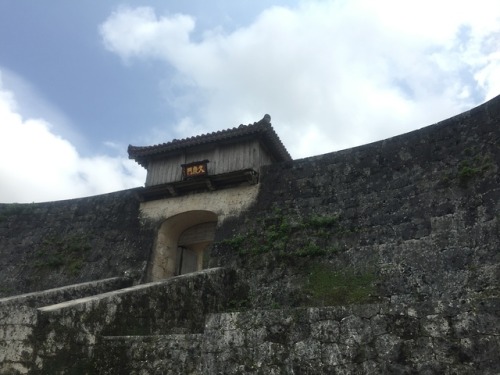
Ground parts of various plants viz Cupressus sempervirens, Cupressus macrocarpa, Euphorbia pereskiifolia, Pelargonium zonale, Plumeria rubra (leaves), Lantana camara (leaves and flowers) Cyperus rotundus (whole plant) Acacia nilotica (seeds) Simmondsia chinensis, Eucalyptus globulus, Amygdalus communis, Citrus maxima, C. spicifera (73.9 %), and Alternaria alternata (73.7 %) at the concentration of 32 g L-1. amboinicus displayed the greatest inhibition on the mycelial growth of Sclerotinia sclerotiorum (83.0 %), Cochliobolus cynodontis (82.1 %), Botrytis cinerea(77.8 %), Bipolaris hawaiensis (74.1 %), B. splendens showed a remarkable selectivity toward MCF7 cell line with IC50 valueby 0.040 g L-1.The methanol extract of P. amboinicus showed the highest antitumor activity using A549, MCF7, and HEPG cell lines with IC50 values by 0.041, 0.047 and 0.043 g L-1, respectively. amboinicus recorded the lowest IC50 and EC50 values for DPPH and reducing power by 0.042 g L-1, and 0.327 g L-1, respectively, indicating the greatest antioxidant potential. Carvacrol was the predominant component (7.59%) of P.amboinicus extract by GC-MS analysis. Rosmarinic acid (1.021 g Kg-1) was the predominant phenol in P. amboinicus extract containsthe highest contents of the total polyphenols and total flavonoids by 122.2 g GAE Kg-1 and 41.4 g QE Kg-1, respectively. The present study aims to elucidate the chemical characterization of the methanolic extracts of Coleus blumei, Plectranthus amboinicus, and Salvia splendens with emphasis on their antioxidant, antifungal, and cytotoxic activities. This research shows that methanolic extract of Miana leaves can be used as an alternative to botanical pesticides in controlling houseflies (Musca domestica). The results of the study revealed that at a concentration of 30% and 40%, methanolic extract of Miana leaves could result in a knockdown effect that was accompanied by death with a percentage value of 100% in the first 5 minutes of observation. The results of phytochemical screening with chemical reagents showed that the extract contained alkaloids, tannins, flavonoids, saponins and terpenoids while the results of GCMS analysis showed 8 bioactive compounds. Testing of methanolic extract of Miana leaves was made in the form of spray using the knockdown method at concentrations of 5%, 10%, 20%, 30% and 40% and observed in 5, 10 and 15 minutes. Miana leaf fine powder was soaked with methanol (maceration) for 3 days followed byphytochemical screening (chemical reagents and Gas Chromatography Mass Spectrophotometry (GCMS) and anti-houseflies toxicity tests. The purpose of this study was to determine the chemical compounds contained in Miana leaf as well as determine the optimal concentration of Miana leaf extract in causing knockdown effect in houseflies. One way to control houseflies is using Miana leaves (Coleus blumei) as botanical pesticide. Visit to learn more about Great Parks’ Comprehensive Master Plan.Houseflies (Musca domestica) is an disease-carrying insect that plays an important role in the spread of disease in humans and animals. Learning the priorities of our residents will help us identify the best way to create outdoor spaces where all guests will create memories and be able to connect with nature. As part of these master plans, residents will have the opportunity to share their ideas through community engagement opportunities. A variety of traditional playgrounds can be found throughout the park district.Īs we move toward the future, we will be developing a Park and Facility Master Plan for Miami Whitewater Forest and for all of our parks. Great Parks also offers wet playgrounds at Winton Woods and Woodland Mound, as well as spray fountains at Sharon Woods. Recreational opportunities at Miami Whitewater Forest include the traditional playground, trails, boating, biking, fishing and disc golf. We encourage all guests to continue to take advantage of everything the largest Great Park has to offer.

There is still plenty to do, see and experience at Miami Whitewater Forest. Simply put, the wet playground has reached the end of its life cycle. Being one of the first wet playgrounds in the region, regulatory requirements, design standards and guest expectations have evolved since Parky’s Pirate Cove opened.

Parky’s Pirate Cove provided guests with memorable experiences since it first opened in 1996. Part of Great Parks’ mission is to provide outdoor recreation for present and future generations. The wet playground at Miami Whitewater Forest has permanently closed.


 0 kommentar(er)
0 kommentar(er)
